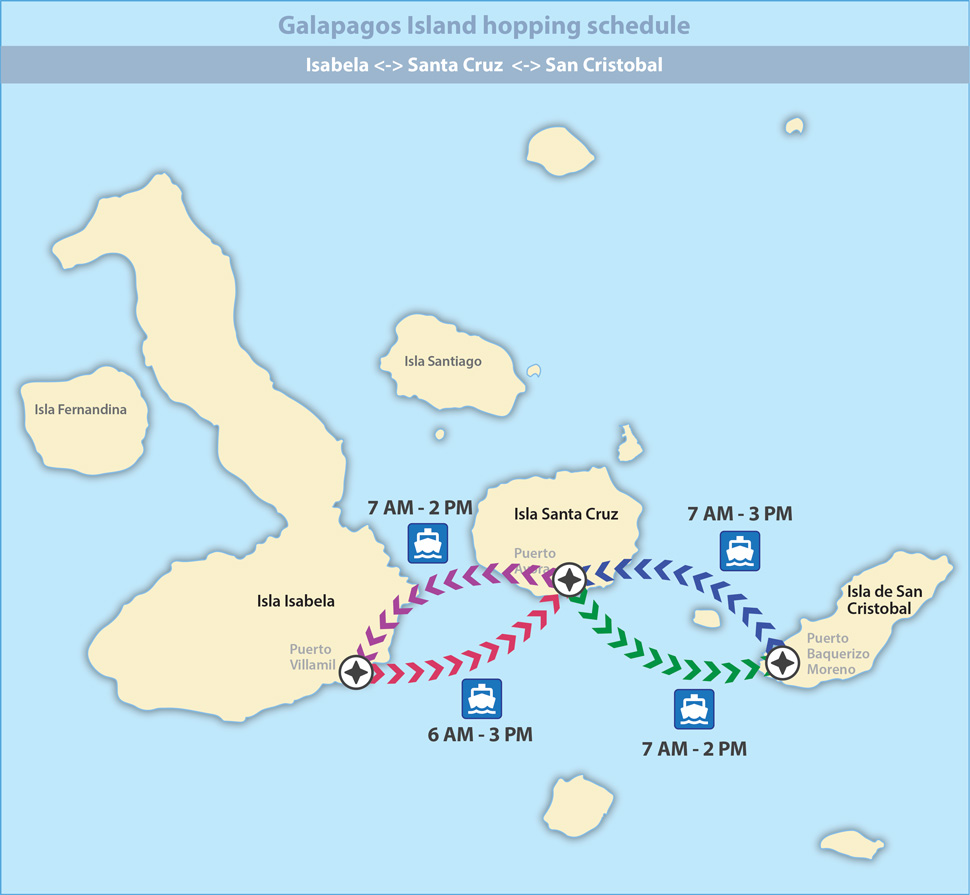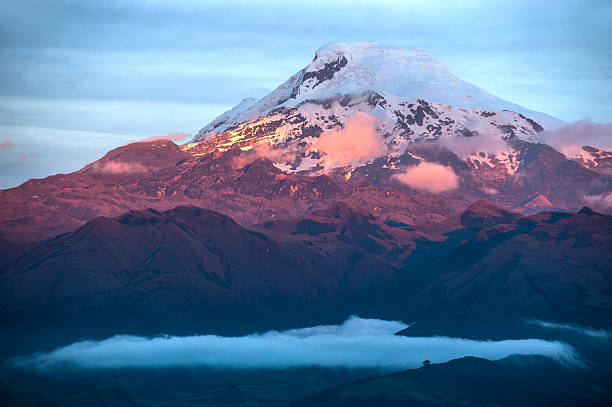Volcanos highway
IMBABURA
Being in the middle of two large mountain ranges, the city is a perfect base to follow the track of 27 volcanoes (Imbabura, Cayambe, Pichincha, Ilalo, Antisana, Illiniza, Tungurahua, Chimborazo and Sincholagua, among others) by 27 different routes, in the same way Alexander Humboldt did at the beginning of the 19th century. This route, which you can do through the railroad, will put you in direct contact with the nature of the Central and Northern Ecuadorian Sierra.
Source: http://www.quito.com.ec/
Carihuairazo (5,020 masl), is located within the Chimborazo Forest Reserve. Its name comes from three words in Kichwa that mean: man, wind and snow; He is also a character in the Andean myth.
Sangay (5,230 masl), belonging to the National Park that bears the same name.
Iliniza Sur (5,263 masl) and Iliniza Norte (5,126 masl), two peaks that together form the Ilinizas, also called as one: the Iliniza (or Illiniza). They belong to the Ilinizas National Park.
Altar (5,320 meters above sea level), located within Sangay National Park.
Antisana (5,704 masl), belonging to the Ecological Reserve of the same name. His name has two conceptions: dark, or mountain lamb. It has some lakes around it
Cayambe (5,790 masl), belonging to the Cayambe-Coca Ecological Reserve, is known for its reputation as dangerous for the ascent. Although its rise is not very steep, the greatest risk that this volcano shows are its cracks and its very variable climate, factors for which several mountaineers have disappeared and died. It is the only snow-covered volcano in the world that is crossed by the equatorial line.
Chimborazo (6,310 masl), the great colossus. It is the furthest elevation from the center of the earth, it is within the Forest Reserve that bears its name and is a symbol within Ecuador.
In addition to these are:
The Cuicocha volcano (3,246 masl) whose attraction is to have a lake in its caldera, 3km in diameter. The Imbabura volcano (4,600 masl) which is located north of the city of Ibarra. This one stands out for its grandeur and its sombre appearance.
The Reventador volcano (3,700 masl) which is 90 km east of the city of Quito, practically on the edge of the Amazon, is a very active volcano known for having filled volcanic ash throughout Quito.
The Pululahua volcano (3,400 masl), known for being located very close to Quito and, especially, for housing inhabitants inside its crater. The Pululahua is an inactive volcano, but with a gigantic crater that owns several domes towards which they usually make long walks and expeditions.
The Pichincha volcano (4,794 masl), famous for housing the beautiful city of Quito on its slopes.
El Pasochoa (4,200 masl), now extinct caldera, houses a large reserve of flora and fauna inside. And not far away, the neighbor of Cotopaxi, the Rumiñahui (4,720 masl), perfect for beginners of climbing.
The Quilotoa volcano (3,914 masl), another elevation that has a lake in its crater, very famous for the beautiful landscape that provides the interior of its crater, since it is possible to descend to it.
- de Imbabura hasta el Sur de Ecuador.
 sitios turisticos de ecuador Saturday 03 January 2026
sitios turisticos de ecuador Saturday 03 January 2026 El Épico Sincholagua Saturday 03 January 2026
El Épico Sincholagua Saturday 03 January 2026



